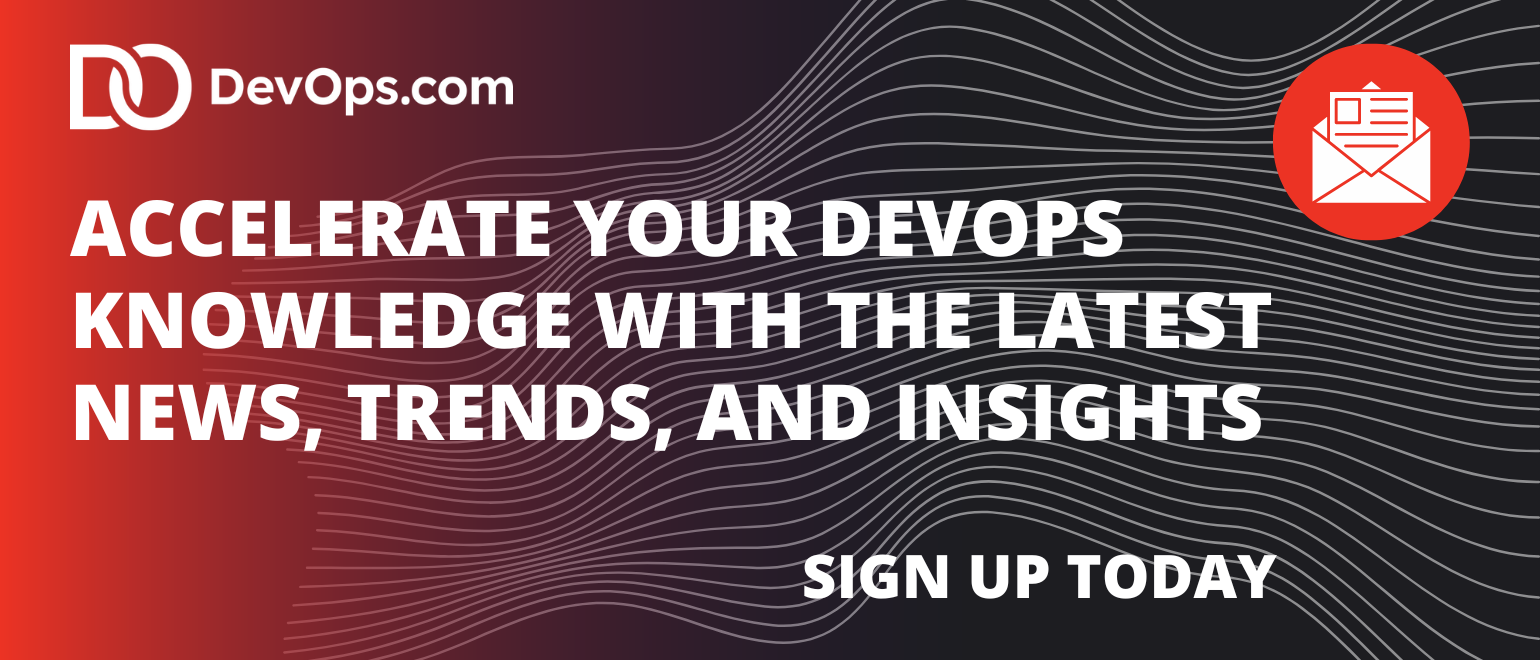Citizen development is a thorny subject; allowing business “laypersons” to impact the way software application code is structured, aligned and executed is an unpopular concept with command line purists who would prefer to keep the suits at arm’s length, if not further.
But, equally, you can’t fight progress and AI obviously has an impact on the way programming practices will be carried out in the immediate future. Microsoft’s preexisting approach to coalescing business domain specialists into the fold of the development team’s mission was to adopt the notion of what it has called fusion development teams.
What is Fusion Software Development?
Somewhat like a commercial function addendum to DevOps, fusion development has always been Redmond’s approach to encouraging business domain experts to collaborate with software engineers through low-code (but often preferably no-code) software
Over the last few years, the notion of “fusion development teams” was a part of Microsoft’s strategy to empower developers and businesspeople at all levels of expertise to collaborate to build applications. Microsoft Power Platform (and Power Apps) has always been positioned as a way for users to start creating applications from code, or, especially in the case of fusion users, from a sketch or a sentence.
If this was never envisaged as the precursor to natural language-driven code creation and through agentic AI services, then perhaps it was just a case of happenstance colliding with prescient platform vision.
Amanda Silver, Microsoft developer division corporate vice president of product, says it’s not just app creation; she sees a new democratization of all users now also being able to engage in creation and modification of application functions. It’s what is now being called “full stack” build and development.
We’re So Past Requirements
Given the age-old chasm that exists between user expectations, requirements gathering, the software architecture and design stage and the final deployment of any given application (as beautifully illustrated in that famous project management headache cartoon), could this finally be an end to misguided and misaligned requirements processes?
CVP of Microsoft Power Platform Ryan Cunningham suggests that fusion teams could be a key step in speeding up development processes, something that all software engineering functions will want to achieve in the era of continuous integration & continuous deployment. Coding purists who baulk at this notion are reminded that this development could see fusion teams building simpler, more standardized applications, leaving hardcore command-line veterans to focus on more complex coding tasks that require
With agentic AI services now capable of translating business functionalities and processes into executable code, at the more simplistic end of the spectrum, we might see businesspeople acting as citizen developers to change the structure of a graphical user interface. Beyond this (and because agentic functions are built to learn and get inherently better over time), we could (many would say should) see full-stack builders creating applications that manifest and surface complex business logic.
Never the Twain
The central argument from Silver and Cunningham is that it’s really tough to teach businesspeople to code and, equally tough to teach software engineers the principles of business operations. The Redmond pair suggest that Microsoft Power Platform will provide the “scaffolding” for full-stack teams to fuse (yes, okay, we’re not using that word anymore) their two previously quite separate working environments.
“In my own work, I’ve seen how AI is collapsing the walls between roles. Product managers, engineers and data scientists are no longer operating in silos. With AI, a single person can now ideate, prototype and validate tasks that once required a full cross-functional team. That’s not a threat, it’s an opportunity. The most valuable people in this new world will be those who can go from idea to prototype to product – fast,” noted a LinkedIn post by Amit Gupte, a Microsoft full-stack program manager.
Scaffolding & Safeguards
To make full-stack development a reality inside any given organization, Microsoft has said that there will need to be a degree of initial investment into engineering systems and context. This, then, would be the scaffolding. Redmond suggests that new applications will emerge that are architected to support natural language development, augmentation and modification.
With boundaries, safeguards and guardrails in place to oversee what AI agents can do when left in the hands of businesspeople, software systems will need to be engineered with enough meta-knowledge to understand the business context of the decisions that might be made without breaking other parts of the system. This requires clear boundaries, well-defined interfaces and comprehensive testing frameworks. The agents also need context about why certain decisions are made, not just how they are implemented in code. All of which leads us to a future workspace where AI workflows are part of the fabric of all working operational businesses.
Will this mean developers are finally happy about the prospect of citizen developers? Don’t hold your breath.




